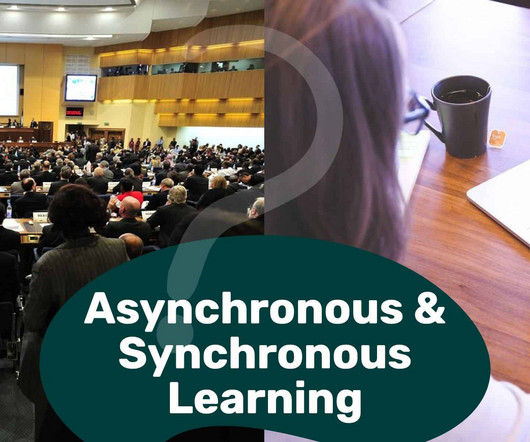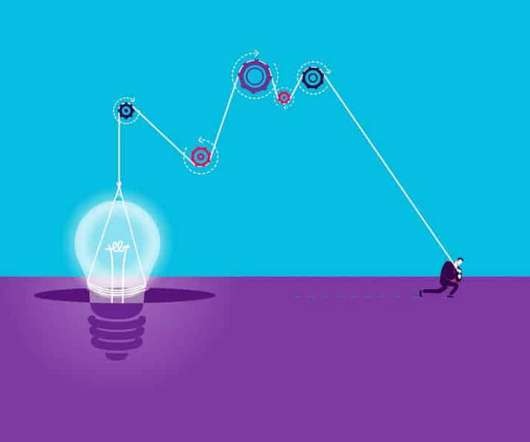Education Balancing Act: Asynchronous, Synchronous, and Blended Learning
Association eLearning
MAY 28, 2015
Maybe your mind jumps to webinars or interactive courses in a Learning Management System (LMS). Synchronous. Synchronous refers to eLearning offerings where you participate as part of a group and everyone in the group needs to be logged in at the same time. Share this on LinkedIn. Asynchronous/ Self-Paced. Advantages.












































Let's personalize your content